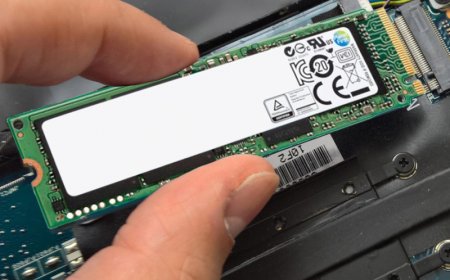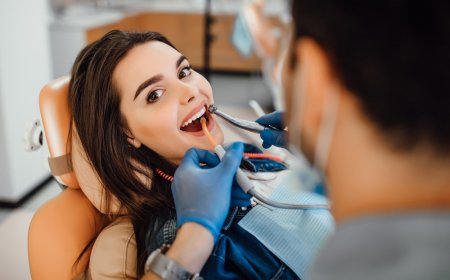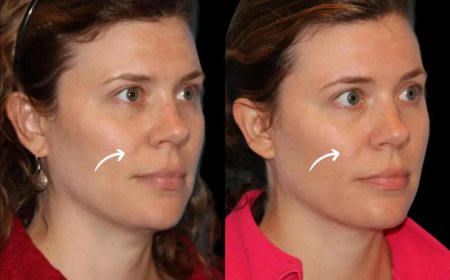Does It Really Work? Chemical Peel Before and After Results Explained
Before undergoing a chemical peel, most people ask the same question: “Is it really worth it?” The answer lies in understanding the transformation that happens between Chemical Peel Before And After.

Before undergoing a chemical peel, most people ask the same question: Is it really worth it? The answer lies in understanding the transformation that happens betweenChemical Peel Before And After. This guide offers a detailed look at how chemical peels work, what results you can expect, and whether the treatment is a smart investment for your skin and budget.
What Is a Chemical Peel?
A chemical peel is a skincare treatment that uses specially formulated chemical solutions to exfoliate and remove the top layers of skin. As the treated skin peels away, new, smoother, and more youthful skin emerges.
Types of Chemical Peels
-
Superficial Peels
-
Light exfoliation of the epidermis (outermost skin layer)
-
Common ingredients: alpha-hydroxy acids (AHAs) and beta-hydroxy acids (BHAs)
-
Best for mild discoloration and rough texture
Medium Peels
-
Penetrate deeper into the middle skin layers
-
Treat fine lines, acne scars, and sunspots
Deep Peels
-
Reach the deepest layers of skin
-
Provide dramatic results but require the most downtime
Why Do People Choose Chemical Peels?
Chemical peels can effectively treat a variety of skin concerns, including:
-
Acne and acne scars
-
Fine lines and wrinkles
-
Hyperpigmentation and sun damage
-
Age spots and melasma
-
Dullness and rough skin texture
-
Enlarged pores
They work by stimulating cell turnover and boosting collagen production, leading to visibly fresher and healthier skin.
What Happens Before and After a Chemical Peel?
Before the Peel
Your skincare specialist will evaluate your skin and recommend the best peel for your condition. Youll also receive pre-treatment instructions, such as:
-
Avoiding sun exposure and tanning beds
-
Discontinuing retinoids and exfoliants 57 days before the session
-
Keeping your skin well-hydrated
-
Applying broad-spectrum sunscreen daily
Immediately After the Peel
You may experience:
-
Redness and sensitivity
-
Tightness or mild irritation
-
Peeling and flaking starting within 23 days
Superficial peels typically involve minimal peeling, while medium and deep peels can result in noticeable shedding and swelling.
Chemical Peel Before and After: The Results
The difference between chemical peel before and after can be quite dramatic, particularly after multiple treatments or a deeper peel.
Before Treatment:
-
Uneven and dull skin tone
-
Acne breakouts and scars
-
Fine lines and sunspots
-
Rough patches and large pores
After Treatment:
-
Brighter, clearer, and more radiant skin
-
Reduced acne scars and pigmentation
-
Minimized pores and smoother texture
-
A youthful glow with diminished fine lines
While superficial peels may offer gradual improvement, medium and deep peels often show noticeable changes even after a single session.
Does a Chemical Peel Really Work?
Lets evaluate it in terms of benefits, recovery time, and value for money:
1. Visible Improvements
Many people experience remarkable changes. Most common post-peel benefits include:
-
More even skin tone
-
Smoother, softer texture
-
Fewer fine lines and blemishes
-
Increased skin luminosity
2. Minimal Downtime for Superficial Peels
Superficial peels are ideal for busy individuals. Mild flaking and redness may occur for a couple of days, but most people can return to normal activities quickly.
Medium and deep peels may require downtime ranging from several days to two weeks, but the improvements are often more dramatic and longer-lasting.
3. Long-Term Benefits
Consistent chemical peels offer long-lasting results:
-
Stimulate collagen production
-
Reduce the frequency of breakouts
-
Slow down visible signs of aging
-
Maintain youthful, glowing skin
When combined with a good skincare routine, results can last for months.
Also Read: What is Lepbound
4. Cost vs. Value
Chemical peels typically cost between ?2,000 and ?15,000 per session, depending on type and location. While the initial cost may seem high, they often outperform over-the-counter creams and serums that may not deliver similar results.
Maximize Your Results
To make the most out of your chemical peel before and after transformation:
-
Follow Aftercare Instructions: Avoid sun exposure, dont pick at your skin, and moisturize regularly.
-
Apply SPF Daily: Your skin will be more sensitive to UV rays post-treatment.
-
Stay Hydrated: Moisturized skin heals faster and looks better.
-
Avoid Harsh Products: Skip retinoids, AHAs, or scrubs until your skin fully recovers.
-
Commit to a Series: One peel may help, but several sessions spaced 46 weeks apart often provide the most lasting improvements.
Potential Side Effects and Risks
When performed by a licensed professional, chemical peels are generally safe. However, potential side effects include:
-
Redness and peeling
-
Temporary skin sensitivity
-
Swelling (especially with deep peels)
-
Breakouts or purging
-
Rarely, hyperpigmentation or scarring
Always consult a dermatologist to evaluate your skin and minimize any risks.
Conclusion: Is It Worth It?
So, does it really work? The short answer is yesfor the right candidate. If you're seeking clearer, brighter, and smoother skin without undergoing surgery or invasive procedures, chemical peels are a powerful option.
While results can vary depending on the depth of the peel, your skin type, and aftercare, many people find the chemical peel before and after difference to be well worth the effort and investment.
If youre struggling with dullness, acne, or pigmentation that wont go away, a chemical peel might just be the rejuvenating solution your skin has been waiting for. Visit Behavioral Health for more information







































